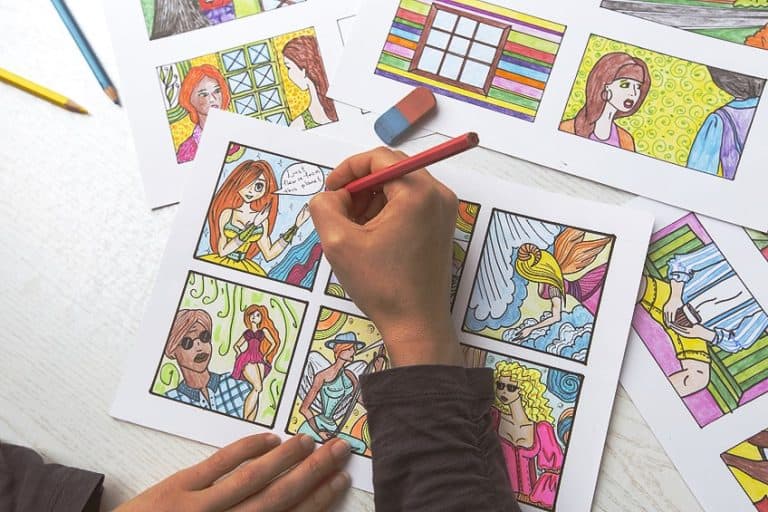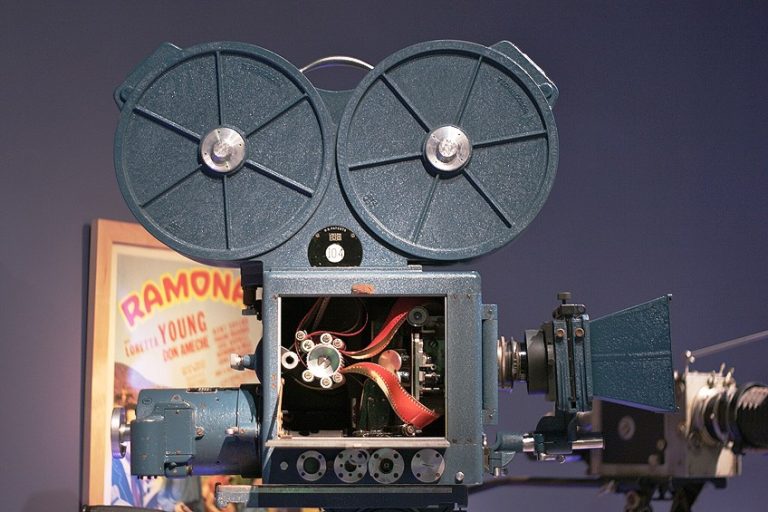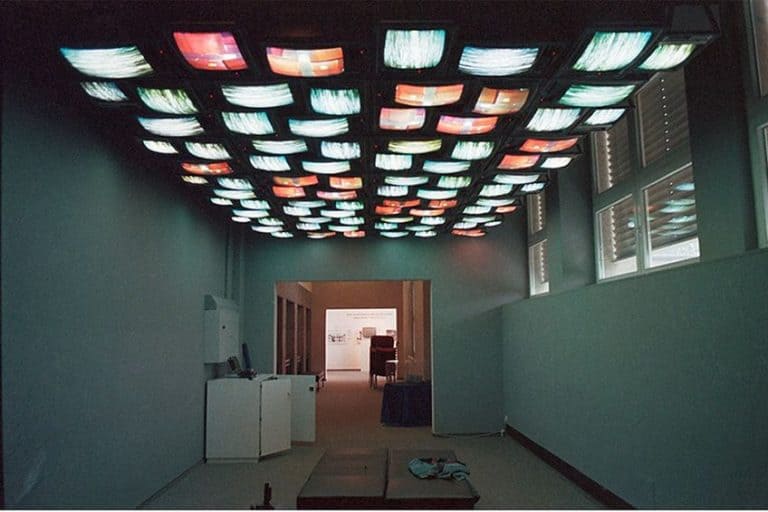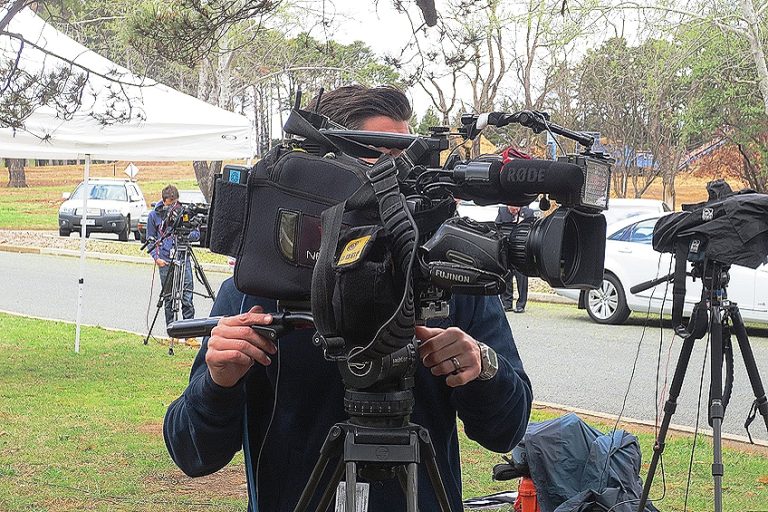How to Direct a Movie – Crafting Cinematic Excellence
Directing a film is an intricate combination of one’s creative vision, leadership, and storytelling prowess. To understand how to direct a movie is to embark on a journey where the director orchestrates the convergence of a myriad of elements, weaving together a tapestry of visuals, emotions, and narratives. It entails channeling one’s artistic sensibilities into guiding actors, crew, and technical aspects toward a unified vision, which creates a cinematic masterpiece that resonates with audiences. Learning how to direct a movie involves mastering the delicate balance between imagination and execution. In turn, this steers the ship of a production towards the shores of cinematic brilliance.
What Does It Mean to Direct a Film?
Directing a film is a multifaceted and immersive journey that transcends the realm of mere moviemaking. It encapsulates the art, craft, and visionary prowess of bringing a story to life on the cinematic canvas. It is an intricate blend of creativity, leadership, technical expertise, and emotional intelligence that orchestrates an immersive experience for audiences worldwide. At its core, to direct a film is to curate and actualize a narrative vision. It begins with the genesis of an idea or a script, where the director’s imagination takes flight. This initial spark evolves into a comprehensive blueprint that fuses together the script’s essence, visual aesthetics, and emotional resonance.
It is about envisioning the story’s cinematic journey, crafting a unique visual language, and fostering an emotional connection that resonates deeply with audiences.
To understand how to direct a movie is to embrace the role of a storyteller. It involves diving into the script’s layers, comprehending the characters’ motivations, and breathing life into their complexities. The director becomes the custodian of these characters, guiding actors to embody their essence authentically. This demands a profound understanding of human emotions, an ability to empathize, and a knack for unlocking actors’ potential to deliver nuanced and compelling performances.
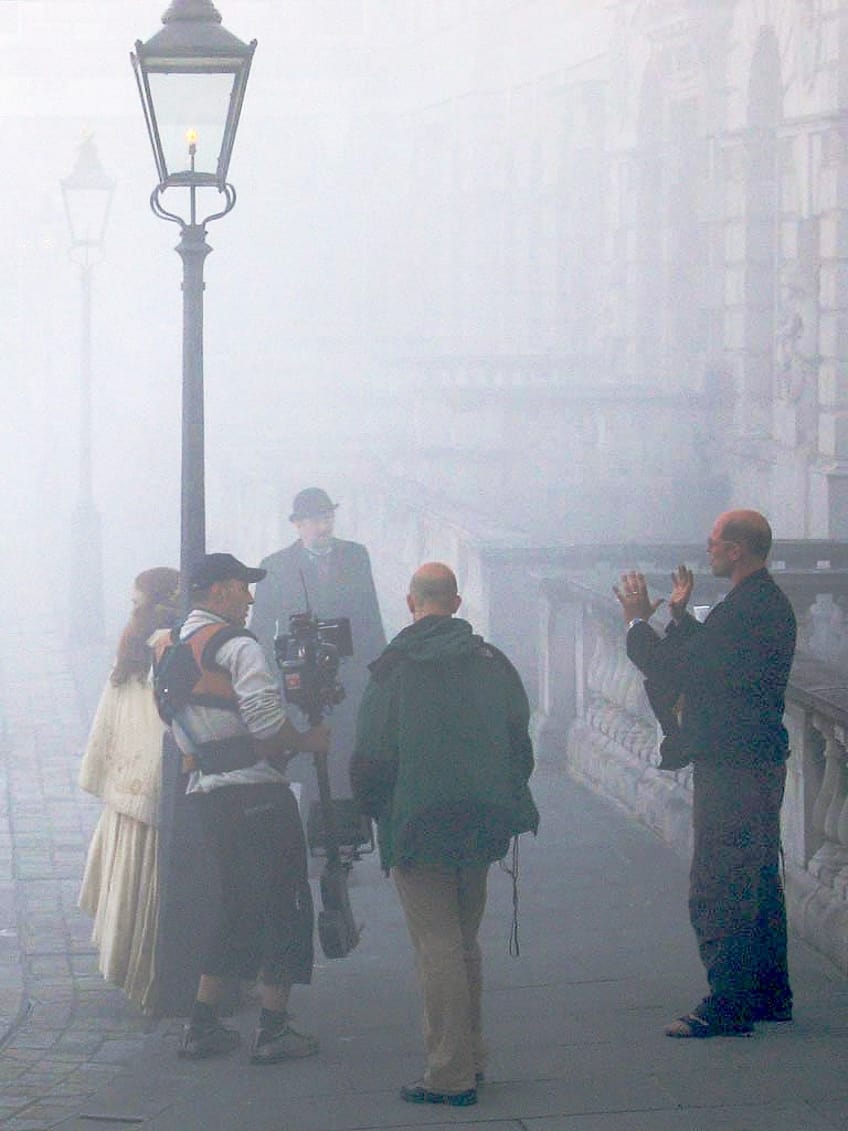
Directing a film is akin to conducting a symphony. The director harmonizes the contributions of various departments – cinematography, production design, sound, editing, and more – blending their creative energies into a coherent vision. It is a collaborative endeavor where effective communication, leadership, and a clear articulation of the director’s vision serve as guiding lights, ensuring alignment towards a unified goal.
What Goes Into Directing a Film?
Technical expertise forms the backbone of directing. Mastery over camera angles, lighting techniques, shot compositions, and editing nuances empowers the director to translate their vision into captivating visuals. Understanding the technical intricacies facilitates effective communication with the crew, fostering a collaborative environment that nurtures innovation and creativity. However, the director’s domain transcends the set. It is a continuous journey of meticulous planning, adaptability, and decisiveness. From pre-production logistics to navigating unforeseen challenges during filming and overseeing post-production intricacies, the director wears multiple hats, each demanding unwavering dedication and an unwavering pursuit of perfection.
The essence of directing lies not just in the execution but in the ability to infuse personal flair while respecting the collaborative nature of filmmaking.
It is about finding a delicate balance between creative instincts and practical constraints, exploring innovative techniques while adhering to budgetary and logistical boundaries. Moreover, to direct a film is to embrace vulnerability and resilience. It involves navigating the unpredictable terrain of storytelling, embracing failures as learning opportunities, and persistently refining one’s craft. It is about possessing the resilience to adapt, evolve, and learn from every experience, nurturing a growth mindset that propels both the art and the artist forward. Beyond technical finesse and storytelling prowess, the director serves as the captain steering a ship through uncharted waters. It is about fostering an environment where creativity thrives, where risks are embraced, and where the collaborative spirit encourages everyone involved to push the boundaries of their craft.
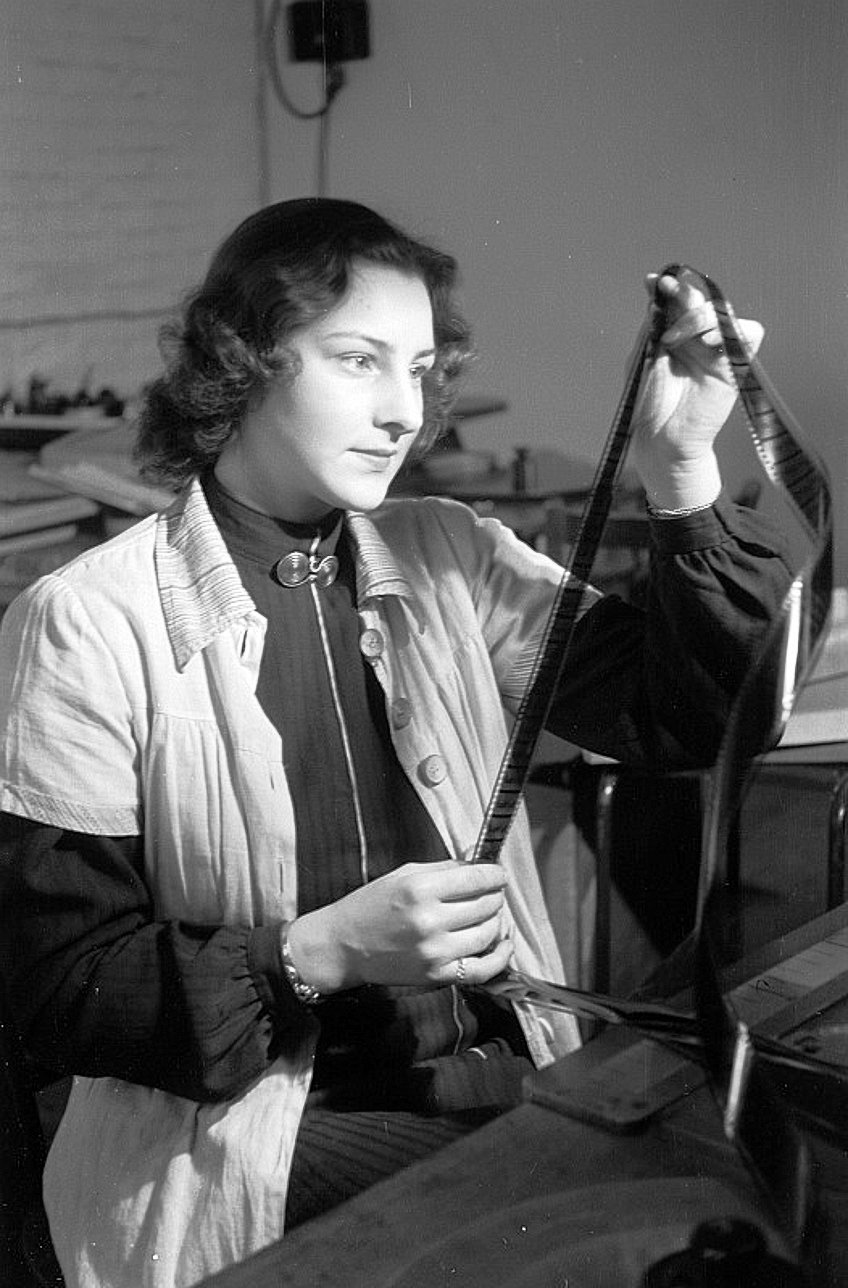
To direct a film is to possess an unyielding passion for storytelling that transcends language, culture, and boundaries. It is about channeling that passion into an intricate tapestry of emotions, visuals, and narratives that captivate and resonate with audiences across the globe. It is an art form that molds the intangible into the tangible, transforming dreams and visions into a shared reality that leaves an indelible mark on the human experience. In summary, directing a film is an amalgamation of artistry, leadership, technical finesse, and unbridled passion. It is about weaving the threads of imagination into a mesmerizing cinematic tapestry that evokes emotions, sparks conversations, and transcends the constraints of time and space.
It is a journey that empowers storytellers to etch their narratives into the collective consciousness of humanity, leaving an enduring legacy that echoes through generations.
How to Direct a Movie
As mentioned, directing a film is a multifaceted and immersive process that involves orchestrating the creative elements of storytelling into a cohesive cinematic experience. Here is a step-by-step guide on how to direct a movie, encompassing the essential aspects from pre-production to post-production.

Understanding the Script
The journey of directing a film begins with a thorough understanding of the script. Analyze the narrative, characters, themes, and the emotional arc of the story. Dive deep into the nuances and envision how the story will unfold visually.
Crafting the Directorial Vision
Develop a clear vision for the film. Visualize the look, feel, and tone of the movie. Collaborate with the production team, including art directors and cinematographers, to conceptualize the visual aesthetic, locations, and overall ambiance of the film.

Collaborating in Pre-Production
During pre-production, make sure to remain in close collaboration with the production team to refine the visual aspects of the film. This will often include working together on storyboarding, creating shot lists, and planning the logistics of the shoot.
Communicate your vision clearly to the entire team to ensure everyone is aligned with the directorial vision.
Casting and Working With Actors
Conduct auditions or casting sessions to select the right actors who embody the characters envisioned in the script. Develop a rapport with the cast, discuss character motivations, and guide them towards delivering authentic and compelling performances.

Effective Communication and Leadership
As the director, effective communication is paramount. Clearly articulate your vision, provide guidance, and encourage collaboration among the crew. Be open to input from your team while maintaining decisive leadership to steer the project towards your creative vision.
Directing on Set
Once on set, bring the script to life through directing the actors and overseeing the technical aspects. Collaborate with the cinematographer to frame shots, ensure the lighting complements the mood, and guide the camera angles to capture the desired emotions and storytelling nuances.

Adaptability and Problem-Solving
Filmmaking often comes with unforeseen challenges. Remain adaptable and solution-oriented when faced with unexpected obstacles. Make quick, informed decisions to keep the production moving forward without compromising the quality of the film.
Post-Production and Editing
After filming, work closely with the editing team to craft the final narrative. This is achieved by reviewing the footage, selecting the best takes, and providing creative input throughout the editing process. Editing plays a crucial role in shaping the story’s pace, rhythm, and emotional impact.
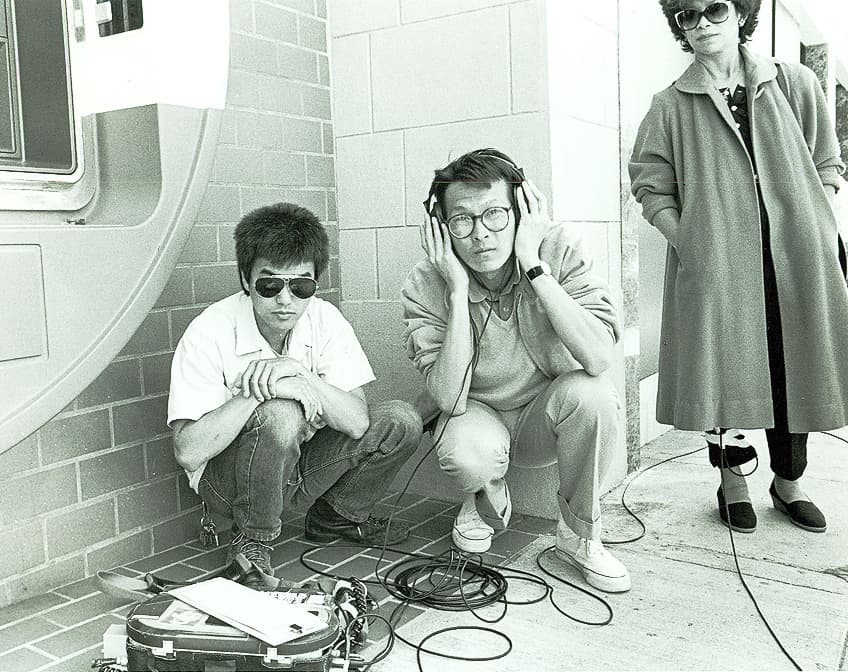
Sound Design and Visual Effects
Collaborate with sound designers and visual effects artists to enhance the film’s audio-visual elements. Soundscapes, music, and visual effects can elevate the storytelling, creating a more immersive cinematic experience.
Final Touches and Release
In the final stages, ensure that the film meets your creative vision. Review the final cut, make necessary adjustments, and prepare for the film’s release. Coordinate with marketing teams for promotional activities and organize premieres or screenings to showcase your work.

In conclusion, directing a movie involves a holistic approach that encompasses creative storytelling, effective leadership, and collaboration with a talented team. Understanding how to direct a movie requires a combination of artistic vision, technical proficiency, adaptability, and unwavering dedication to transforming a script into a compelling visual narrative that resonates with audiences.
How to Find Your Directing Style
Discovering one’s directing style is a deeply personal and evolving journey for filmmakers, often shaped by a blend of influences, experiences, and artistic preferences. It is a process of self-exploration, experimentation, and the cultivation of a unique creative voice that distinguishes one director from another. Throughout cinematic history, several iconic directors have left an indelible mark with their distinctive styles, offering valuable insights into how filmmakers can find their own directorial voice. Stanley Kubrick, renowned for his meticulous attention to detail and visual mastery, developed his directing style through a meticulous approach to filmmaking. Beginning as a photographer, Kubrick would go on to hone his skills in composition, lighting, and visual storytelling. Kubrick’s obsession with perfectionism and his inclination towards innovative techniques, seen in films like 2001: A Space Odyssey and A Clockwork Orange, shaped his distinct directorial signature.
Similarly, Alfred Hitchcock, known for his suspenseful storytelling and masterful use of cinematic techniques, crafted his directing style through a profound understanding of audience psychology.
Hitchcock meticulously planned every shot and utilized suspense-building elements to create tension, as evidenced in classics like Psycho and Vertigo. His ability to evoke emotions and manipulate the audience’s perception cemented his legacy as a master storyteller. Quentin Tarantino’s journey towards finding his directing style was influenced by his passion for cinema and diverse film experiences. Working at a video rental store exposed him to a wide range of films, inspiring his eclectic style that blends genres, nonlinear narratives, and vivid characters. Tarantino’s distinct dialogue, nonlinear storytelling, and bold approach to violence became hallmarks of his films like Pulp Fiction and Kill Bill.
Christopher Nolan, known for his complex narratives and innovative storytelling, developed his directing style through a unique blend of intellectual curiosity and experimental storytelling techniques. His early indie films allowed him to experiment with unconventional narrative structures, laying the foundation for his signature style seen in movies like Memento and Inception.
Finding Your Directing Style
Finding your directing style involves a process of introspection, exploration, and the amalgamation of various influences. It starts with a deep appreciation and analysis of films across genres, eras, and cultures. By studying diverse cinematic works, filmmakers can identify elements that resonate with their sensibilities, inspiring the cultivation of their own unique approach to storytelling. Experimentation is key in discovering one’s directing style. Filmmakers should be open to exploring different storytelling techniques, visual aesthetics, and thematic elements. Trying out varied approaches allows directors to unearth their strengths, preferences, and artistic inclinations, ultimately contributing to the formation of their individual style.
Personal experiences, emotions, and perspectives play a crucial role in shaping a director’s style.
Drawing from personal stories, beliefs, or observations of the world can infuse authenticity and depth into storytelling, creating a genuine connection with the audience. Collaboration with a team of creative individuals also influences a director’s style. Open communication and synergy with cinematographers, production designers, editors, and actors can refine and evolve a director’s vision, contributing to the development of a cohesive and distinct directorial signature.
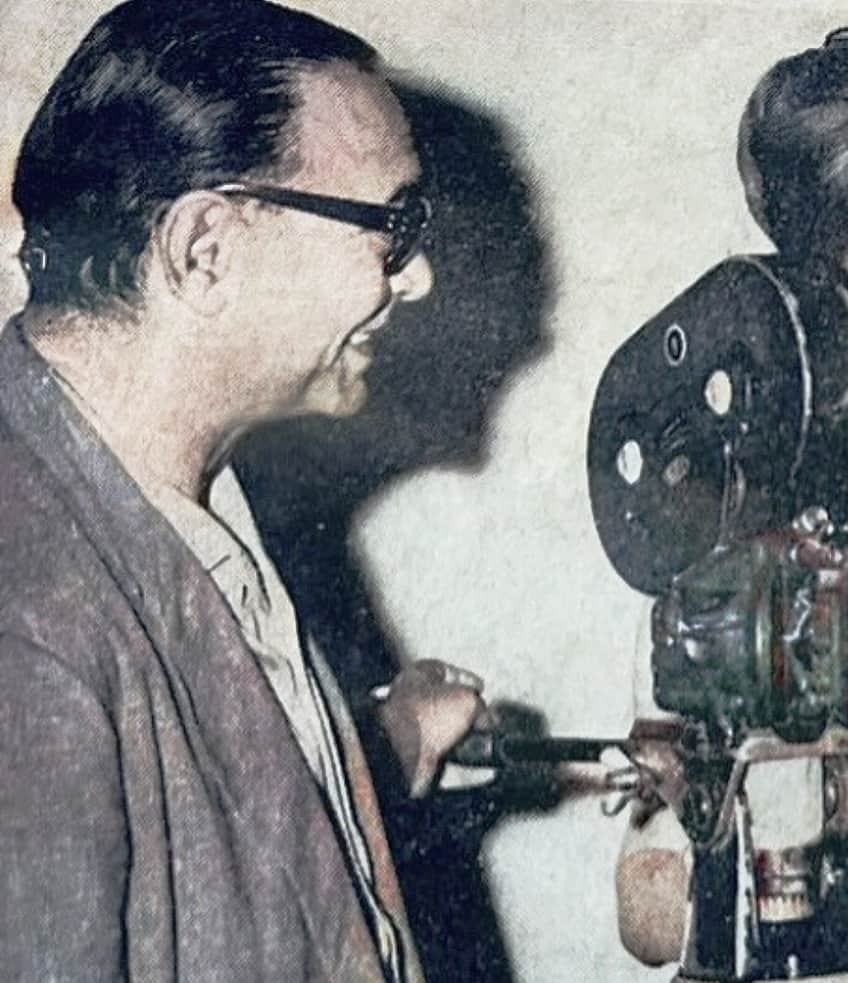
In summary, finding your directing style is a journey of self-discovery, artistic exploration, and embracing diverse influences. It involves a combination of studying cinematic works, experimenting with storytelling techniques, drawing from personal experiences, and collaborating with a team. The journey towards establishing a unique directorial voice is ongoing, evolving with each project and contributing to the rich tapestry of cinematic storytelling.
Tips and Tricks from the Field
While it may be helpful to learn the theory behind directing your next short or feature film, you will only be able to truly show and grow upon your skills once having become adept in the field with enough practical experience. This, however, will come with both setbacks, challenges, and failures, as well as pleasant surprises, opportunities for creative growth and expansion, and successes.
Below you will find a few of the most helpful tips and tricks that I’ve discovered while directing my own projects, each of which has helped me improve as a director, as well as bring my creative visions to light.
Remain Open to Changes
Although it is undeniable that preparation is a key aspect of filming any project, there comes a time when all your preparation is thrown to the wayside upon being introduced to any form of setback. In times like these, when setbacks are unavoidable, make your best attempt at not forcing your original vision to come to light, as this will only dampen your end result. Instead, embrace these setbacks and see what can be done with them. By including them in your film, you may often find far better results that you may not have been able to come up with on your own.
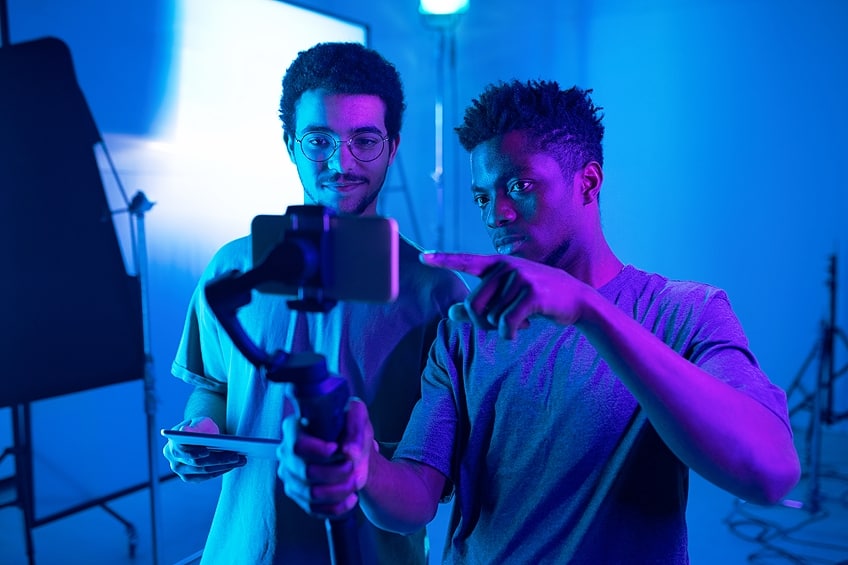
Listen to Your Cast and Crew
Despite the director being at the creative helm of the project in question, taking charge on pretty much all aspects of the film, you must not forget that you are surrounded by professionals that often love the craft just as much as you do. By taking the time to listen to their suggestions, additions, changes, etc. you may be surprised by how much depth they can bring to your film.
Whether it be the production designer providing more props and set dressing to help make the location feel more alive, or the main actor suggesting a change in how their dialogue is delivered, if it is worth bringing up, it is often more than worth it to consider these ideas.
Keep Things Light
Filming a production of any scale can be an immensely stressful experience. While ruling your film set with an iron fist can result in an amazing end result, it may deter your cast and crew members from wanting to work with you on future productions. Instead, learn to relax and make your set a comfortable experience for everyone involved. More often than not, this will bring out the best of everyone’s capabilities, make them eager to do their very best, and ensure that you have cast and crew members returning to your future productions.

Directing a movie is an intricate dance between artistic vision and technical expertise. It is a journey of relentless passion, where storytelling transcends boundaries and shapes emotions, leaving an indelible mark on audiences. Understanding how to direct a movie requires a blend of creativity, leadership, adaptability, and a profound dedication to crafting narratives that resonate. Embrace the nuances of the craft, learn from diverse influences, and fearlessly carve a path towards creating cinematic experiences that not only entertain but also inspire, provoke thought, and evoke lasting emotions across generations.
Frequently Asked Questions
What Does a Director Do on a Film Set?
A director oversees the creative aspects of filmmaking. They interpret the script, guide actors, collaborate with the crew, make artistic decisions regarding visuals and performances, and ensure the cohesive execution of the film’s vision.
How Do You Develop Your Own Directing Style?
Developing a directing style involves a blend of influences, experimentation, and self-discovery. Study diverse films, experiment with different storytelling techniques, draw from personal experiences, collaborate with creative teams, and refine your approach over time.
What Qualities Make a Successful Film Director?
Successful directors possess strong leadership, communication skills, creative vision, adaptability, decisiveness, and a deep understanding of storytelling. They inspire teams, make bold artistic choices, and navigate challenges while maintaining the film’s integrity.
Duncan completed his diploma in Film and TV production at CityVarsity in 2018. After graduation, he continued to delve into the world of filmmaking and developed a strong interest in writing. Since completing his studies, he has worked as a freelance videographer, filming a diverse range of content including music videos, fashion shoots, short films, advertisements, and weddings. Along the way, he has received several awards from film festivals, both locally and internationally. Despite his success in filmmaking, Duncan still finds peace and clarity in writing articles during his breaks between filming projects.
Duncan has worked as a content writer and video editor for artincontext.org since 2020. He writes blog posts in the fields of photography and videography and edits videos for our Art in Context YouTube channel. He has extensive knowledge of videography and photography due to his videography/film studies and extensive experience cutting and editing videos, as well as his professional work as a filmmaker.
Learn more about Duncan van der Merwe and the Art in Context Team.
Cite this Article
Duncan, van der Merwe, “How to Direct a Movie – Crafting Cinematic Excellence.” Art in Context. December 12, 2023. URL: https://artincontext.org/how-to-direct-a-movie/
van der Merwe, D. (2023, 12 December). How to Direct a Movie – Crafting Cinematic Excellence. Art in Context. https://artincontext.org/how-to-direct-a-movie/
van der Merwe, Duncan. “How to Direct a Movie – Crafting Cinematic Excellence.” Art in Context, December 12, 2023. https://artincontext.org/how-to-direct-a-movie/.





